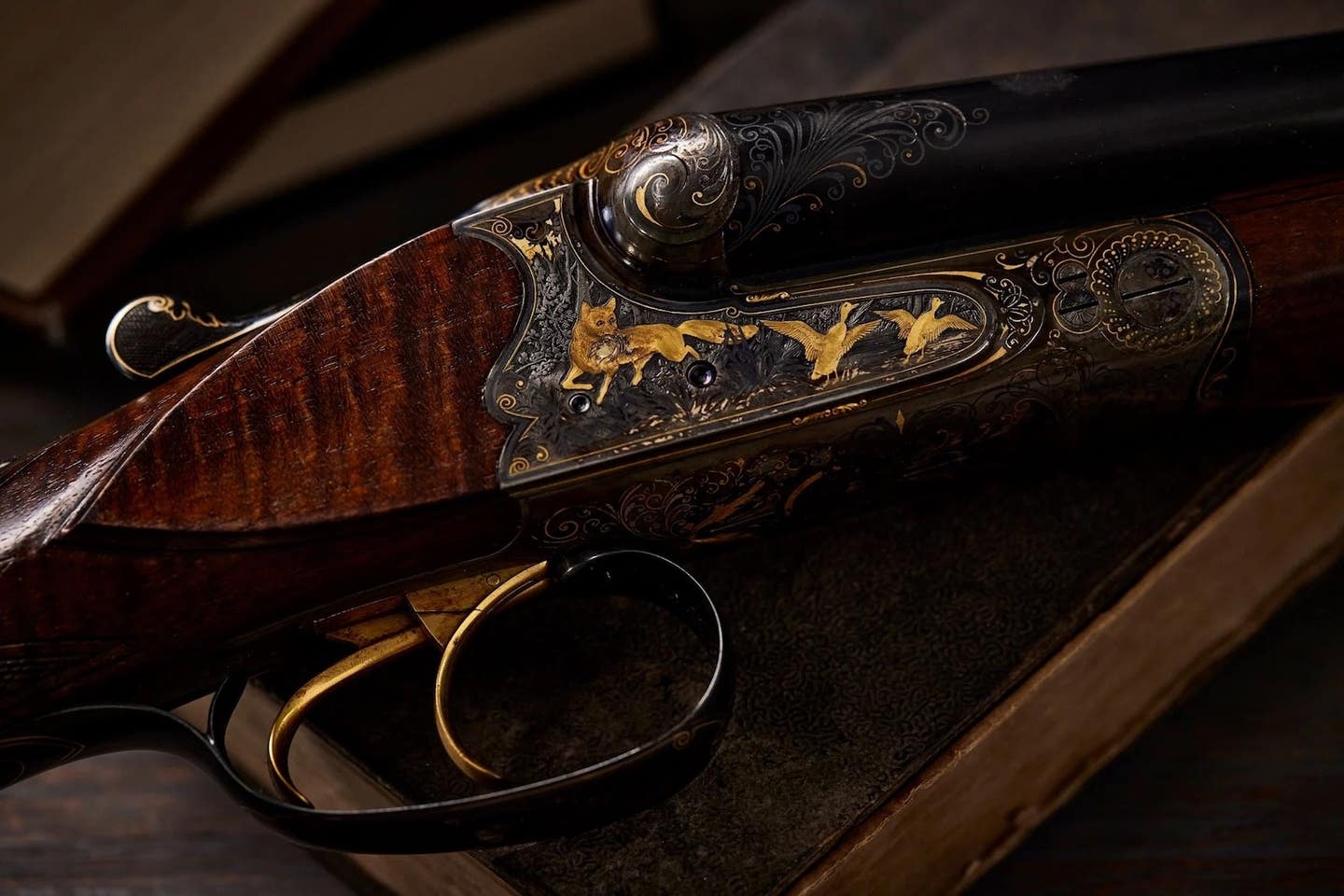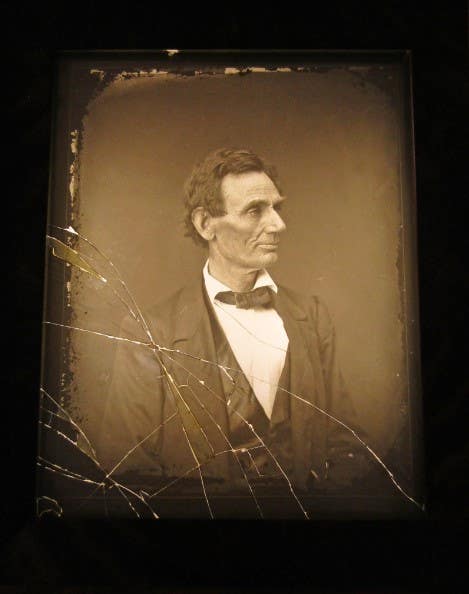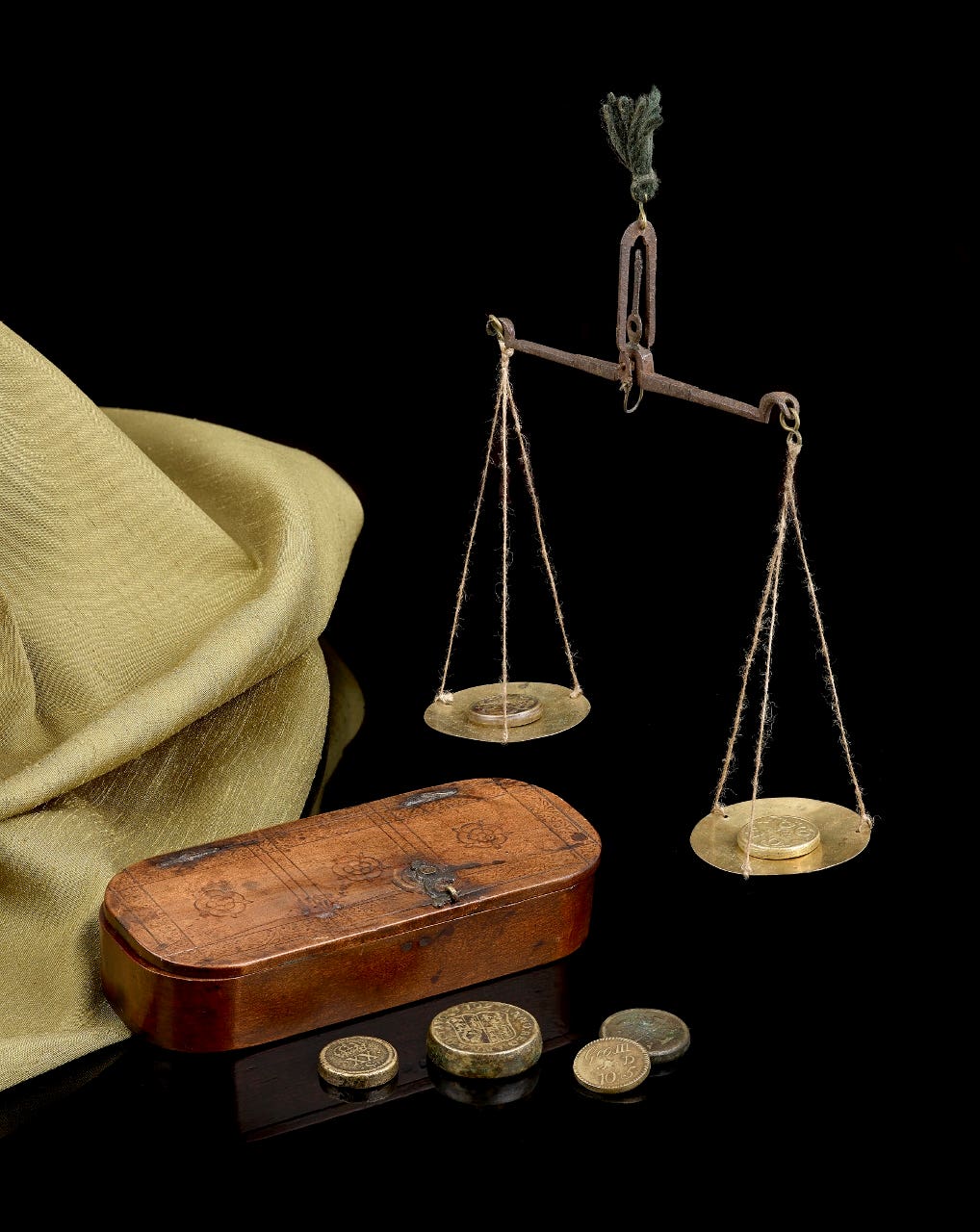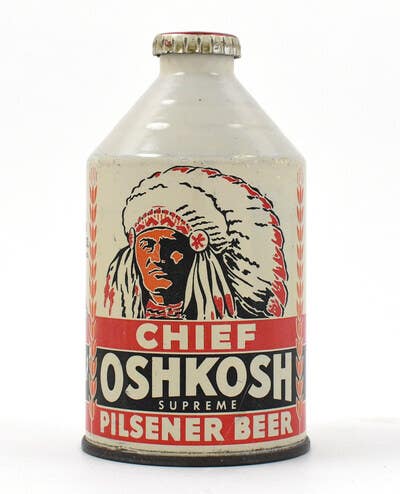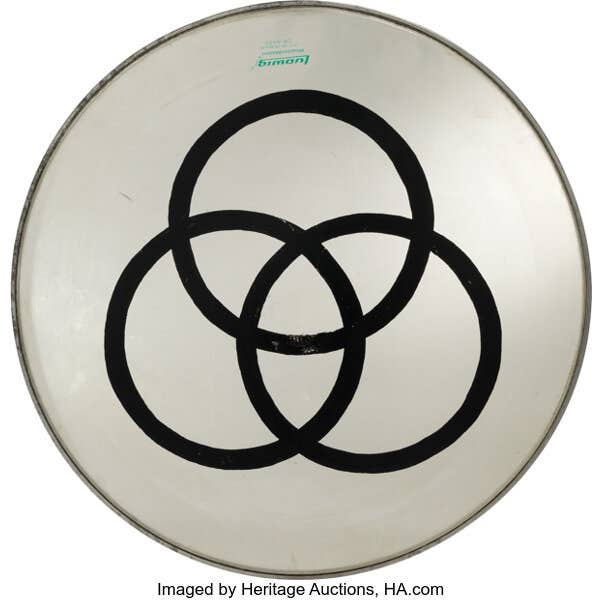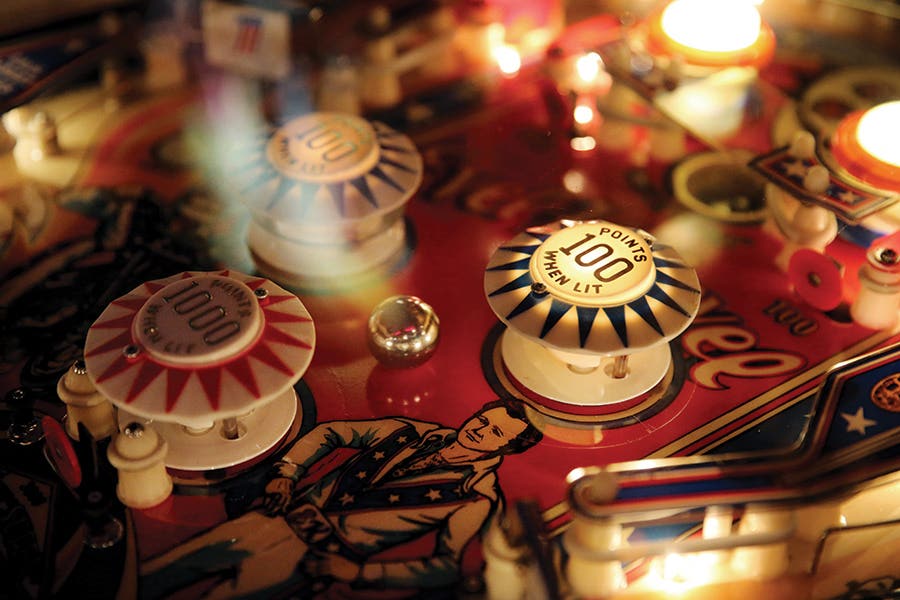Fine Art: J.M.W. Turner etchings are within collectors’ reach
Original works by J.M.W. Turner fetch high sums at auction, but etchings of Turner’s works, engraved by other artists, are readily available and affordable.
J.M.W. Turner (1775-1851) and John Constable (1776-1837) were compared and contrasted throughout their lives, and their similarities and differences continued to be measured in the century-and-a-half that followed. They were the greatest English landscape painters of the 19th century; both worked against the grain of the academically approved style of their time, but Turner more so. Perhaps this is why Turner has received more attention in popular culture than his rival, including an episode in Simon Schama’s compelling BBC series “The Power of Art” (2006) and a film dramatization by director Mike Leigh, Mr. Turner (2014), in which the artist was portrayed as a brilliant curmudgeon.
From a 21st century perspective, Constable looks, if uncomfortably, like a man of his era, while Turner seemed to be an artist lurching toward the future. Most of Turner’s paintings are untouchable even for billionaire collectors, given that he bequeathed his personal collection to the British nation upon his death. Most of those paintings are housed at the Tate Britain in London and many are, as he wished, on public display. However, engravings based on his drawings are in circulation and are available at prices attractive enough to put a piece of Turner’s legacy within reach of the average collector.
Turner was a Londoner of lower-middle class origins who rose in British society on the basis of talent coupled with hard-nosed business sense. He sought commissions, set his price and never allowed himself to be bargained down. Although he studied at the Royal Academy of Art, he was determined to apply the education he received according to his own insights. Turner could paint accurate and detailed depictions of the natural and the human landscape, but preferred to interpret the world rather than copy it. He captured the grandeur and sublimity of earth, air, water and light. Turner set a precedent for the Impressionists who emerged in the generation after his death and pointed the way to the abstract artists of the 20th century.
This article originally appeared in Antique Trader magazine
Learn about subscribing to Antique Trader magazine!
Turner’s working methods in his studio sometimes suggest the splatter and action of Jackson Pollock. An observer recorded that he began “by pouring wet paint on to the paper until it was saturated, he tore, he scratched, he scrubbed at it in a kind of frenzy, and the whole thing was chaos”– until the shapes he sought emerged from the paint. Other contemporaries noted that Turner could sketch outdoors with the speed of a secretary taking dictation. He sometimes resorted to extreme measures for visual inspiration. To make sketches for the painting that became Snow Storm: Boat off a Harbour’s Mouth (1843), he had himself strapped to the mast of a ship riding out a gale, a scene recreated in the film Mr. Turner. However, his most remarkable painting, The Slave Ship (1839), was painted from his imagination. An ill-omened sailing ship, lashed by an apocalyptic typhoon, is pulled through the dark whirlpool by the force of nature toward a lurid horizon. Its human cargo writhes jettisoned in the sea. If great art has the power to move the human conscience, Turner achieved this end by imagining the slave trade as a nightmare.
Turner was prolific. A 1996 catalogue raisonne lists 541 completed oil paintings, but some authorities put the number nearer to 900. Another catalog lists 1,569 finished watercolors. He may have executed more than 20,000 drawings. Many of his sketchbooks have survived.
An exhibit at New York’s Metropolitan Museum of Art, running through August 7, showcases his later interest, whaling, a vital industry in the 19th century with the British whaling fleet sailing as far as the Arctic, Antarctic, South Atlantic and Pacific oceans. At age 70, the indefatigable Turner was interim president of the Royal Academy and assisting on the committee for its annual summer exhibition where he showed six of his own paintings. Debuting his new subject matter included two large-scale canvases depicting sperm whale hunting in the open ocean. Turner had dabbled in small watercolor sketches on whaling as early as the 1830s, used for book illustrations, but not until 1845 did he concentrate on whaling for public exhibition and sale.
The paintings, both titled Whalers, are action-packed narratives conveying the enormous undertaking and dangers the whalers endured on the high seas as well as the panic of the injured whale resisting its demise. The critics, by now familiar with Turner’s unconventional style, were mostly favorable. The London Times reported the artist’s “free, vigorous, fearless embodiment of the effect of the moment.” The following year Turner produced two more whaling scenes for the Academy exhibit, which were among the last seascapes exhibited by the artist.
Original works by Turner fetch high sums at auction. A recent offering, Brienne, sold for $293,000 at Christie’s, New York. The 3-by-4-inch watercolor appeared as the frontispiece for Sir Walter Scott’s Life of Napoleon Buonaparte, 1835. According to the lot notes, the recent discovery of the “jewel-like watercolor” depicts the place where Napoleon studied as a cadet at the Royal Military School (1779-1784). Don’t let the size discourage the viewer; the expanse and detail on such a tiny piece of paper suggests a life-size encounter with the northern town in France. Until its discovery, the watercolor was known only by its engraving counterpart by William Miller, who created the etching in 1835.
Etchings of Turner’s works, engraved by other artists, are readily available and affordable. A good place to start is The Old Print Shop (New York and Washington, D.C) with online offerings the best way to browse. A 6-by-9 inch steel engraving, Boats Off Calais, provides a full description including the engraver, publisher and date of origin. The hand-colored etching is priced at $145.
For the connoisseur of Turner etchings, the Liber Studiorum (Book of Studies) is a collection of etchings the artist himself had a hand in producing. From 1807-1819, Turner called in a handful of the best engravers to work beside him on creating a series of prints. Turner’s goal was to chronicle the great variation and range of landscape. Supervising the work at every stage, he etched some of the plates himself. Turner worked 11 of the 71 completed etchings by his own hand. Allinson Gallery in Connecticut offers a selection from the Liber series. Crypt of Kirkstall Abbey, published in 1812, the etching, aquatint and mezzotint was drawn, etched and engraved by Turner. The artist’s name is signed in the plate. The 8 1/4-by-11 1/2-inch print retails for $2,000.
Interest in Turner’s work has grown in recent years on the strength of documentaries, a film dramatization, an exhibit at a major museum and a new biography. Turner: The Extraordinary Life and Momentous Times of J.M.W. Turner, by British art historian Franny Moyle, is scheduled for publication this fall by Penguin Press.
[embed]https://www.youtube.com/watch?v=Ven2Xz_J-EQ[/embed][embed]https://www.youtube.com/watch?v=7GKlo2xWvuI[/embed]



